Riley Scooters RS3 e-scooter review: Complex but cool
The Riley Scooters RS3 has a high faff factor but performs well once you've got it unpacked

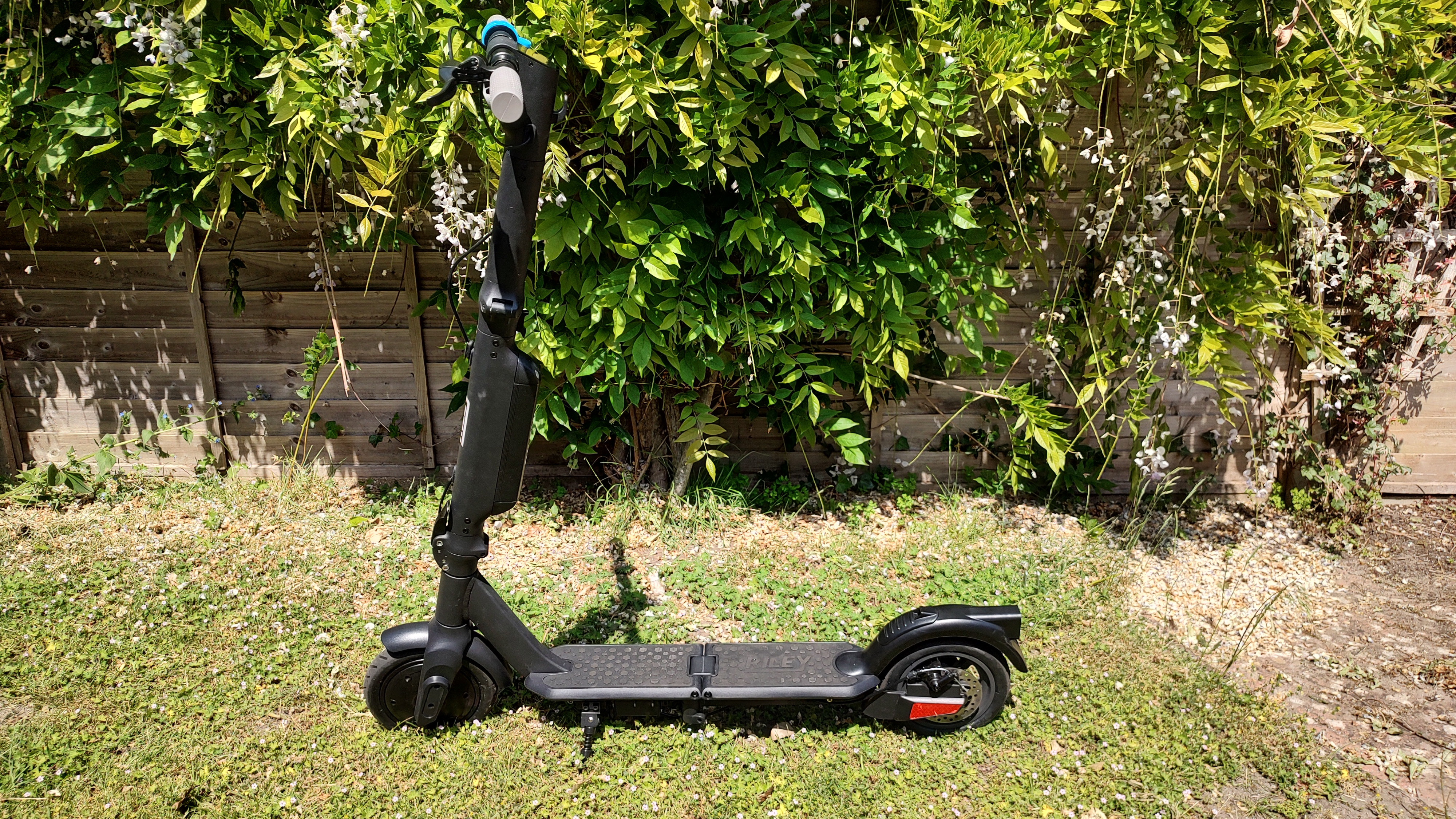
There's a lot of appeal with a collapsible e-scooter, but the effect is marred with the Riley Scooters RS3 because it is so fiddly to unpack. Apart from that, this is a by-numbers two-wheeler that is easy and fun to ride. A detachable power pack also allows for easy switching, making it commuter-friendly where legal.
-
+
Fairly easy to carry
-
+
Solid performance
-
+
Removable battery
-
-
Convoluted folding mechanism
-
-
Grip can be a bit hit and miss
-
-
Very reflective display
Why you can trust T3
Riley Scooters RS3 e-scooter review in a sentence: Complicated to unfold, but once you have this is an impressive, comfortable ride.
I've recently been rather spoilt on the electric scooter front, having experienced the Pure Advance Flex e-scooter, which is very good indeed. It's a folding number, too, just like this, the Riley Scooters RS3 e-scooter. Fully-collapsible models have lots of appeal for folks who still need to commute or want to travel with their wheels, especially if space is going to be tight along the way.
While our best electric scooter guide will doubtless feature more folding models in time, there are still not too many of these collapsible designs around. The Pure model has to be one of if not the best, there is. Having tried the Riley Scooters RS3 for a few days now, I'm not sure it's as good, but it is still very impressive.
If you've got the time, it's also worth taking a few minutes to check up on the much-asked question, ‘Are electric scooters legal,’ using our handy guide to help you get the lowdown on staying legal.
Riley Scooters RS3 e-scooter review: Price and availability
The Riley Scooters RS3 e-scooter is available now at Riley and costs £749/$944/AU$1,446, which makes it more affordable than the aforementioned Pure Advance+ Electric Scooter. That costs £1,099/$1,375, but I think you do get a better scooter than the Riley model overall, so the extra outlay is worth it (at least, according to me).
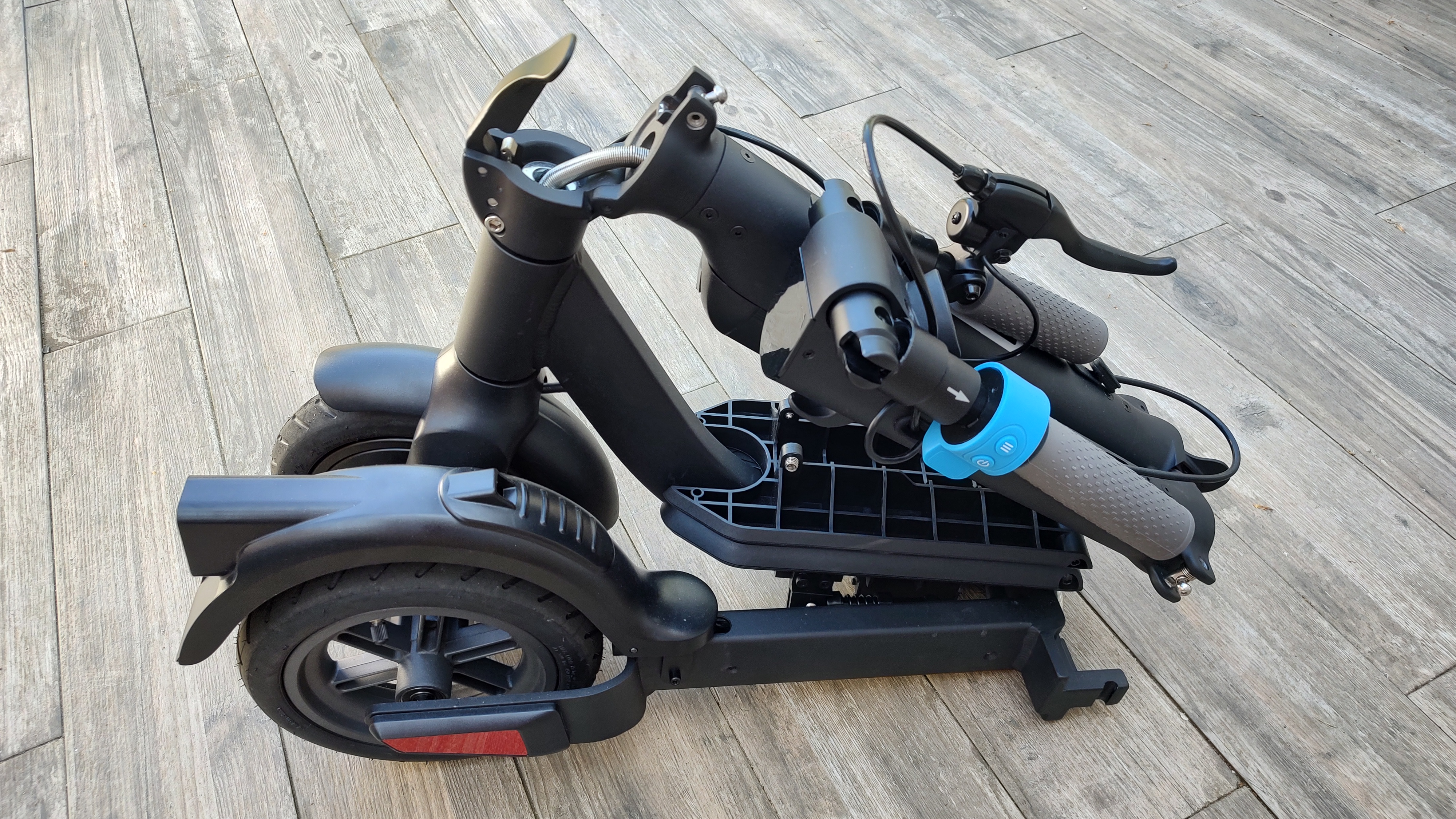
Riley Scooters RS3 e-scooter review: Design and features
The Riley Scooters RS3 e-scooter sits at the premium end of the pricing spectrum for electric scooters, and, as a result, it's fair to say that the level of design and features on offer is high. However, considering the high-quality sales pitch that comes from the marketing materials, this fully collapsible two-wheeler nearly falls at the first hurdle. That's because it doesn't seem very intuitive, and if you're looking to unpack/pack it up at speed, then look out.
After getting it out of the reassuringly compact box, the resulting unfolding process turned out to be an exercise in complexity for me. You'd hope to be able to do this without consulting a manual, given you're going to be doing it in the wider world when you own it. However, even after a few viewings of the instructional video, the folding process seems unduly convoluted.
Get all the latest news, reviews, deals and buying guides on gorgeous tech, home and active products from the T3 experts

Once it's up, though, the Riley Scooters RS3 e-scooter looks the part in that generic e-scooter way with a cool-ish design that packs in all of the usual electric scooter features. The choice of materials and overall construction looks to be good, though some of the fixing clasps lack the same sort of satisfying clunk you get from the Pure model I've been so spoilt by.
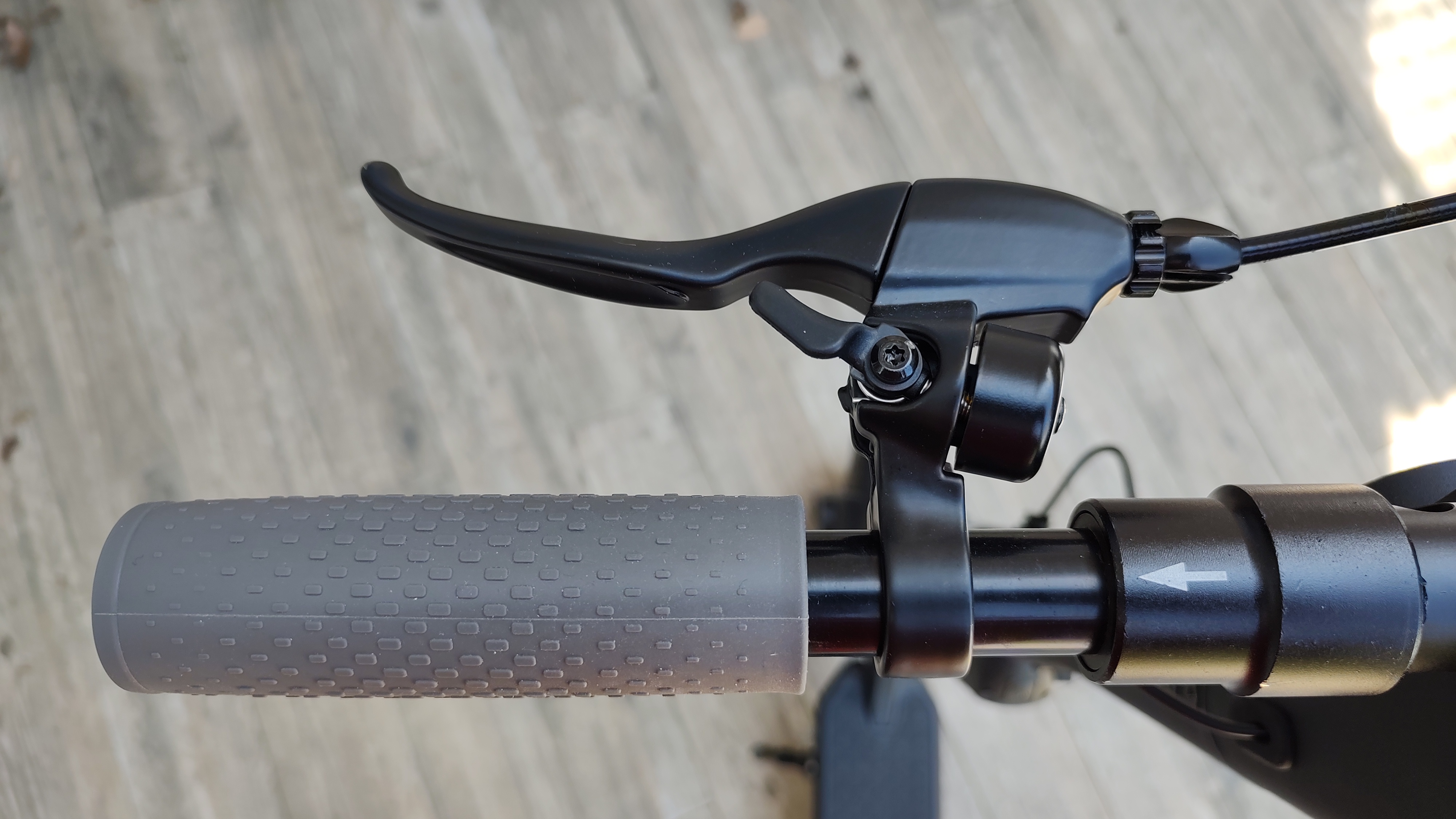
Inside the chassis, there's a removable battery and 350W motor with 700W peak capacity, while stopping comes from a disk system that features E-ABS supplemented by pedal braking. Overall, the scooter weighs in at 14kg (30.8 lbs) and can handle the usual payload of 120kg (264 lbs).
One of the biggest appealing factors for me when considering an e-scooter is pneumatic tyres. The Riley Scooters RS3 e-scooter appears to have air-filled rubber as there are valves present, but the tyres do feel quite solid all the same. As a result, the expectation prior to riding it is that things are going to be a little bumpier than alternatives.
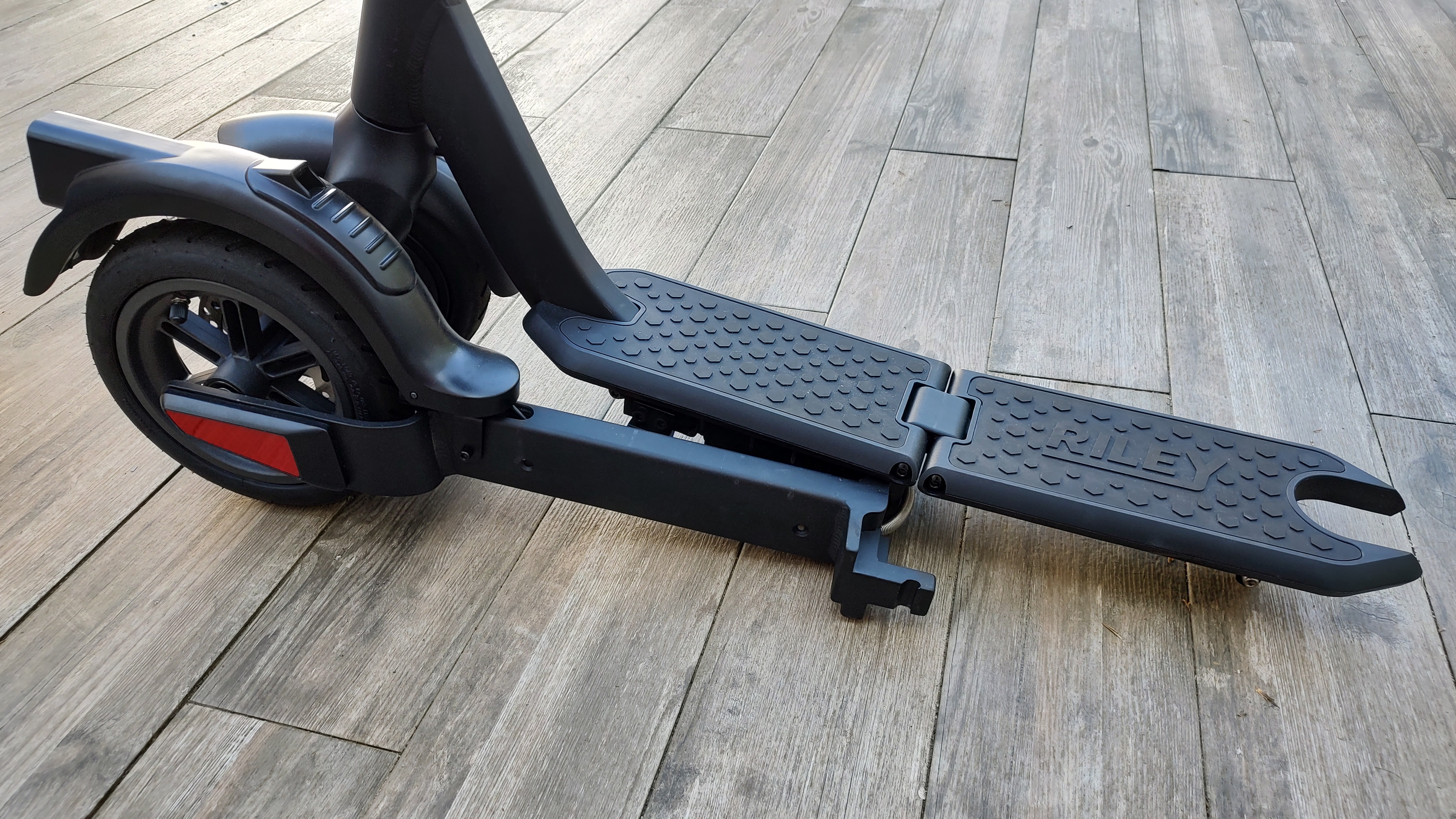
Riley Scooters RS3 e-scooter review: Performance
Once you're finally ready to have a go on the Riley Scooters RS3 e-scooter, it promises the usual two-wheel thrills you get from these things. There's a top speed of 15.5 mph (25km/h), although the battery range of 15.5 miles (25km) seems like it could be better. I guess the way the battery pack is removable means that you can at least have a spare power pack on the go if you're facing an essential daily commute.
Those 8.5-inch wheels and the pneumatic rubber tyres provided just the sort of ride I'd been anticipating, with a solid and fairly forgiving experience on most of the UK surfaces encountered here in the UK. Get the RS3 on a hard-to-find smooth surface, and it really excels, though I found the tyres a bit slippy on the same. Caution is needed if you're ambitious with your speed.
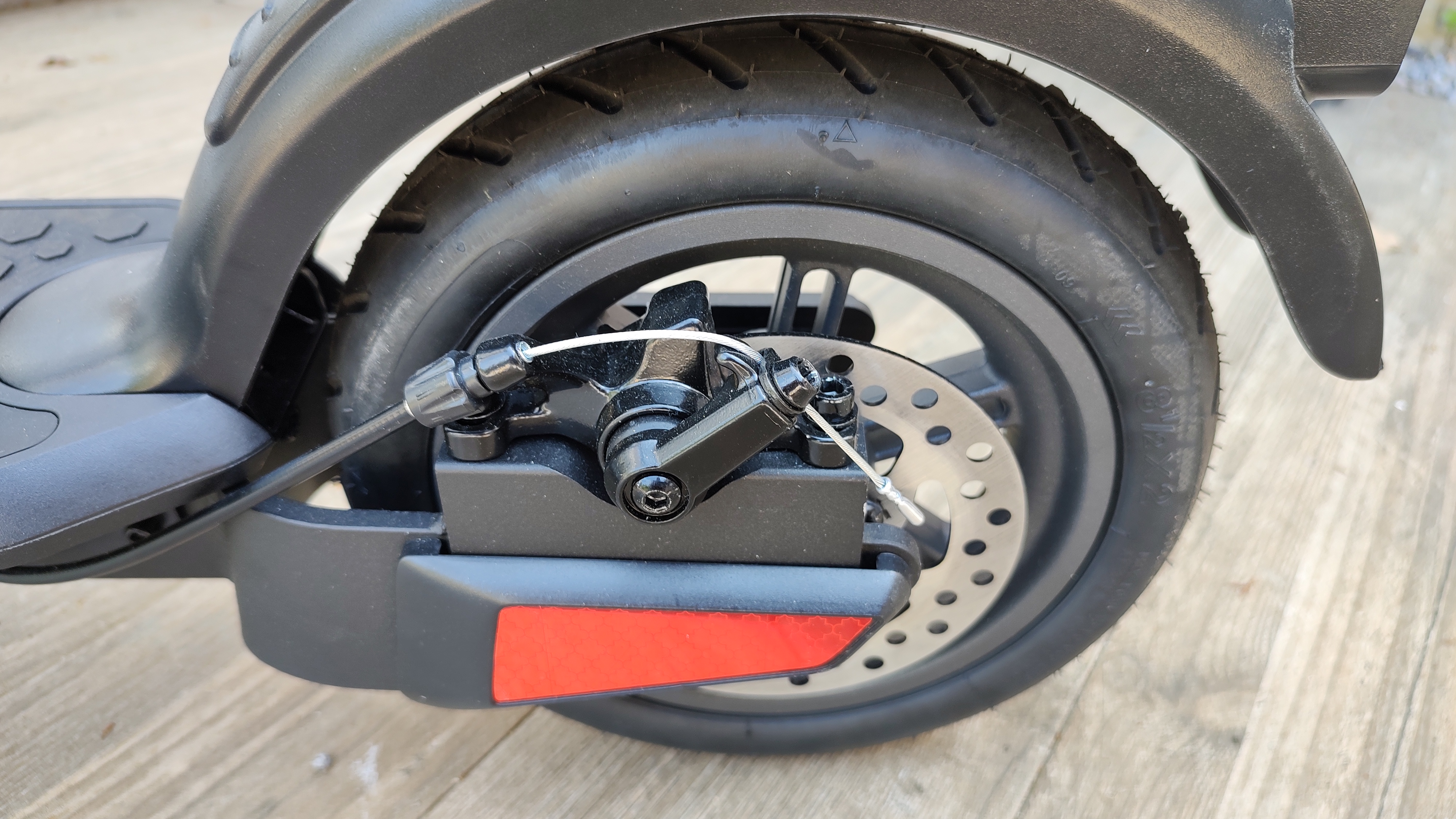
Stopping is good, though, with effective braking. Getting up hills is another area where the Riley Scooters RS3 delivers the goods, even with a reasonable amount of weight on board. It's easy, therefore, to imagine the scooter proving really useful in and around city routes where legally permitted. Meanwhile, operating all of the controls is simpler than unfolding/folding, with a decent though highly reflective display adding to the convenience factor.

Riley Scooters RS3 e-scooter review: Verdict
I like the idea of the Riley Scooters RS3 fully-collapsible machine; it's just that I'm not quite so convinced I could live with it. Sure, the folding mechanism gets easier the more times you open it up and close it down again. However, until you've mastered this dark art, getting ready to go with the Riley two-wheeler is a chore. I find it less intuitive than a folding Brompton bike, but people always say those things get easier with perseverance. I'm still not convinced.
Still, aside from the high faff factor, there's no quibbling over the quality and sheer rideability appeal of the Riley Scooters RS3. It goes and stops with ease, there's more than enough power on tap, and the ride quality is generally pretty good. Those wheels and tyres aren't entirely to my liking, though, as I prefer a little more cushioning - especially on the lousy surfaces we have to work with in the UK. Nevertheless, for lower-speed riding and getting from A to B, this is a decent e-scooter.
Riley Scooters RS3 e-scooter review: Also consider
For me, the Pure Advance Flex e-scooter is still the best of the bunch at the premium end of the pricing scale. Not far behind is the Sharp KS4, simply because it’s such a nice thing to ride, especially on unkind surfaces. Chunky pneumatic rubber tyres, plenty of range and excellent build quality make it a hit. However, the Sharp KS4 does retail for £699, so it isn't exactly cheap either.
If you like the idea of comfort while you’re riding but baulk at the thought of paying out that sort of cash, there are numerous other options that won’t break the bank.
Our team has recently recommended the standard edition of the Apollo City 2022 over a pricier Pro model if you're looking for something slightly more affordable. The build quality is the same, and it still has the same great features. It’s just fractionally slower but also lighter.
If you plan on carrying your scooter, the Apollo Air 2022 is a great choice. It’s considerably lighter, at 38.5lbs / 17.5kg, but still gives a solid 21mph top speed, 10-inch wheels and front fork suspension. Similarly, the Segway Ninebot Max G30LP is 38.6lbs / 17.5kg and tops out at 18.6mph (though is limited in the UK).

Rob Clymo has been a tech journalist for more years than he can actually remember, having started out in the wacky world of print magazines before discovering the power of the internet. Since he's been all-digital, he has run the Innovation channel for a few years at Microsoft, as well as turning out regular news, reviews, features and other content for the likes of Stuff, TechRadar, TechRadar Pro, Tom's Guide, Fit&Well, Gizmodo, Shortlist, Automotive Interiors World, Automotive Testing Technology International, Future of Transportation and Electric & Hybrid Vehicle Technology International. In the rare moments he's not working, he's usually out and about on one of the numerous e-bikes in his collection.
